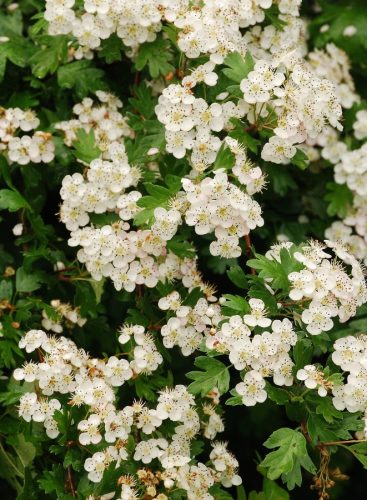Hawthorn, shrub belonging to the rose family. Hawthorns are native mainly to the northern hemisphere: Europe, North America, Asia and North Africa.
Also known as:
Quickthorn
Mayflower
Thornapple
Hawberry
You are viewing the mobile-adapted version of the page.
The one for tablets, laptop and desktop also provides general information, such as origin, toxicity and cultivation.
Hawthorn – (Crataegus), shrub belonging to the rose family (Rosaceae). Hawthorns are native mainly to the northern hemisphere: Europe, North America, Asia and North Africa. There are single-style (Crataegus monogyna) and bi-style (Crataegus laevigata) hawthorns. Single-style and bi-style: the pistils of the single-style hawthorn are all the same, while the pistils of the bi-style hawthorn have two ‘styles’ (variations).
Common hawthorn is found in river valleys and calcareous soils. The blossom has an unpleasant odor. Common hawthorns can grow ten meter tall. The bi-style hawthorn grows no taller than about five meter and blooms a few weeks earlier than the single-style, smells pleasantly; the berries are red and birds love them.
As an ornamental plant, the red-flowering biennial hawthorn ‘Paul’s Scarlet’ is well known. This tree can grow about seven meter tall.
Hawthorns like a not too wet moist clay or loam soil, preferably slightly calcareous and a place in sun or semi-shade. They tolerate pruning well and are therefore often planted as hedges. Prune in winter when the hawthorns have dropped their leaves.
Hawthorns, with their spines, provide safe nesting habitat for songbirds.
Hawthorn, like pear and rowan, is susceptible to fire blight (Erwinia amylovora). As a result, many hawthorn hedges have disappeared in the vicinity of orchards. In regions with fruit crops, hawthorns may no longer be planted.
Bugs
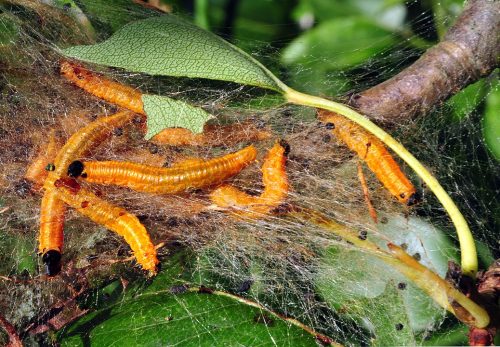
Late June, early July brownish webbing of + 10 cm appear between the leaves. Poop remains hang in the fabric, dark yellow caterpillars crawl around: larvae of the Social Pear Sawfly (Neurotoma saltuum).
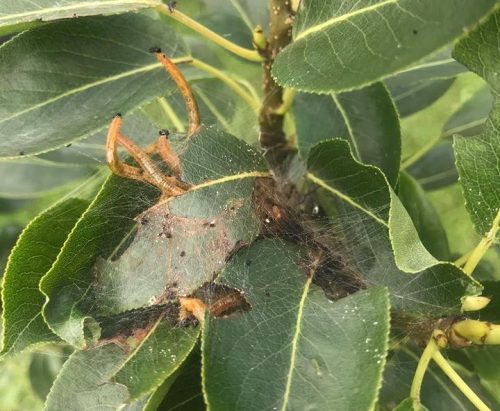
Webbing with orange caterpillars among the leaves: larvae of the Little Ermel (Swammerdamia pyrella), an ermine moth.
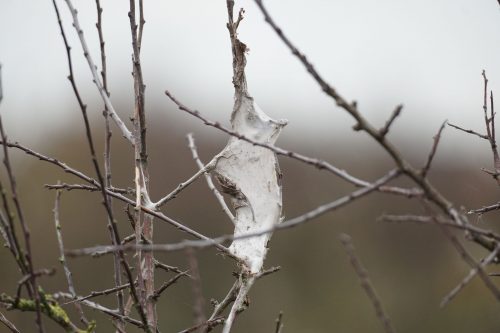
Large webbings with tiny caterpillars in early spring when the leaves are just sprouting or the webbing in late fall, where the caterpillars overwinter: the larvae (caterpillars) of the Brown-tail moth (Euproctis chrysorrhoea).
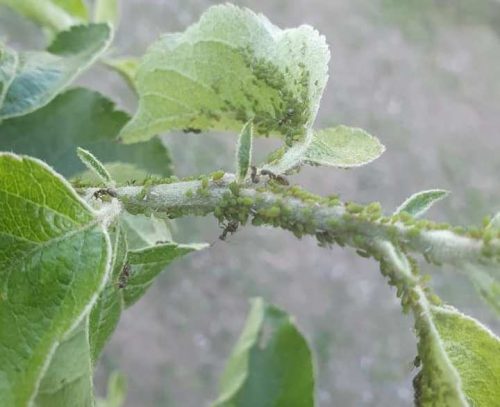
Green aph
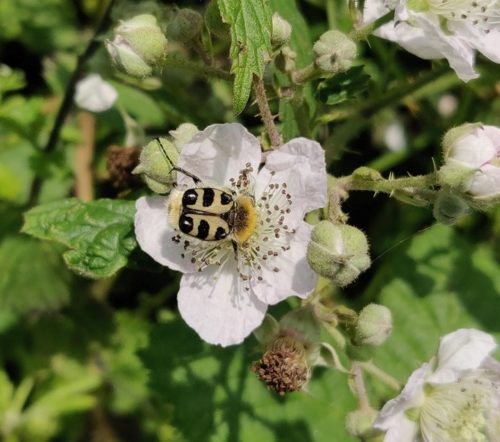
The soft parts of the white flowers are eaten: Eurasian bee beetle (Trichius fasciatus).
Fungi & diseases
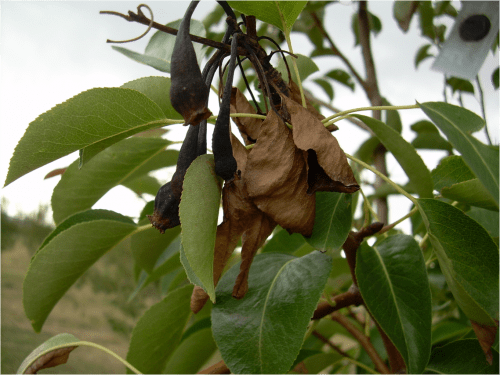
Blossom, leaf, branch and twig turn brown-black and shrivel, thickened spots: Fire blight (Erwinia amylovora).
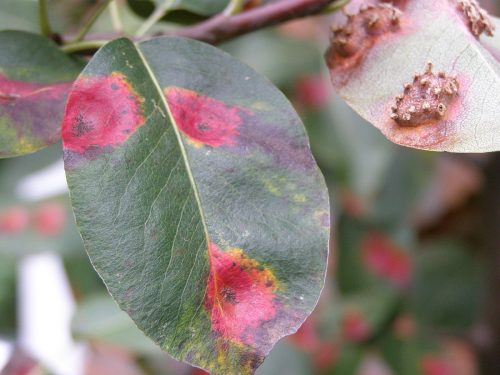
Dark orange spots with brown centers on the leaves, these turn to red and grow into an orange bump: Rust fungus (Gymnosporangium clavariiforme).
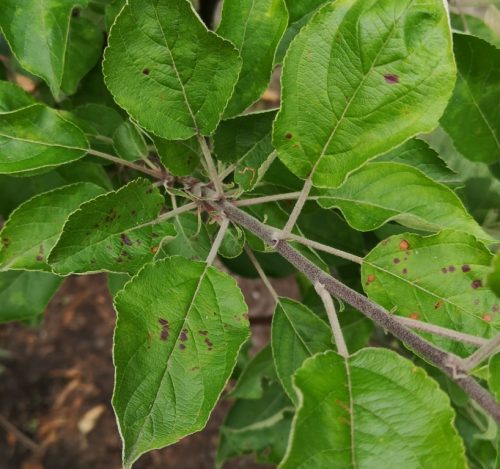
From light green to brown discolouring spots on the leaf, apples do not grow, get dark spots with star-shaped cracks: apple scab (Venturia inaequalis) .
Leaves take on a silvery sheen: silver leaf (Chondrostereum purpureum).
Other
Prevent premature leaf fall due to too wet soil, which can cause roots to rot. Ensure good drainage and loosen the soil deeply.

